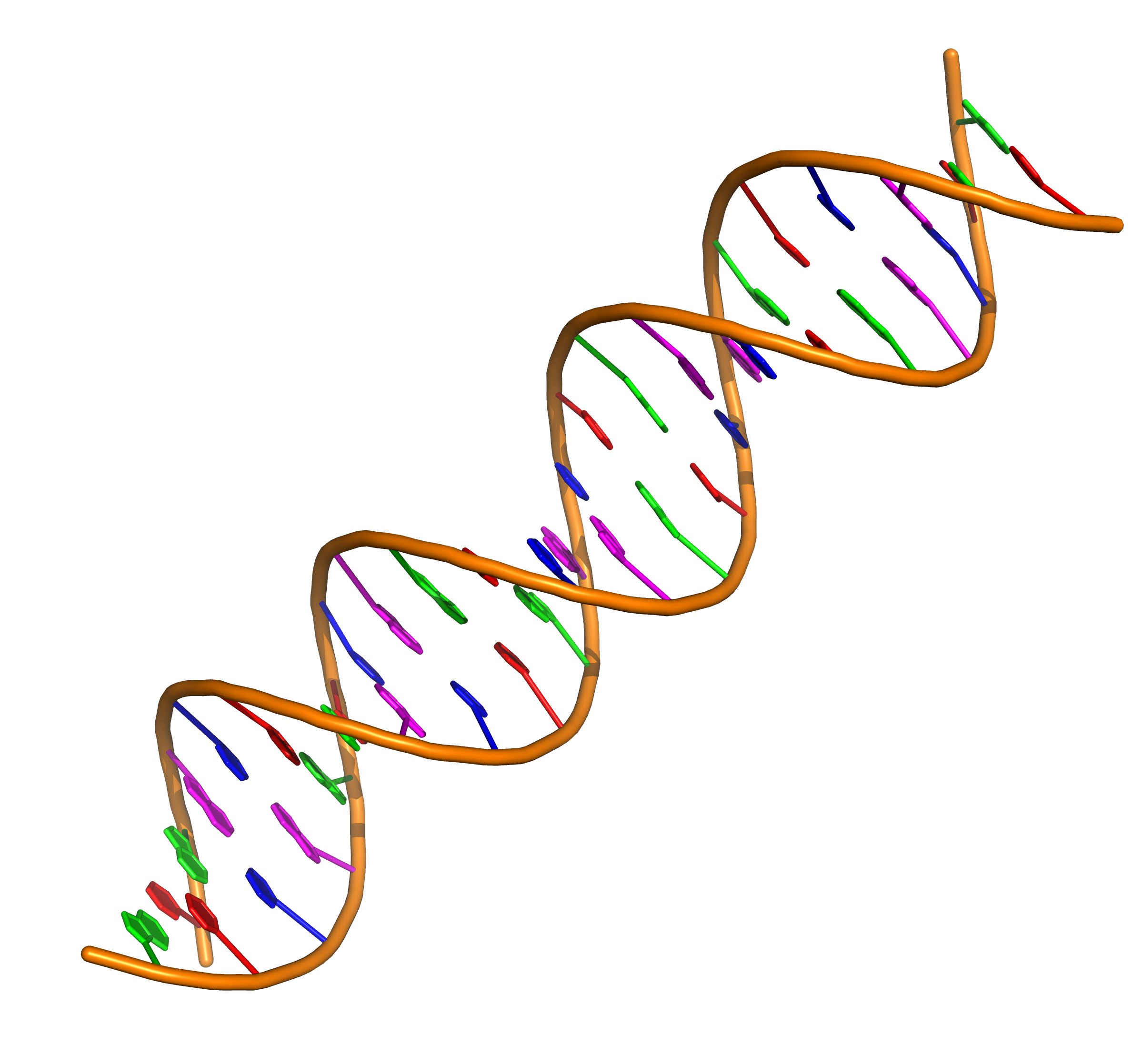Editing, in the digital world has become so easy. Clicks such as Find, delete/replace allow us to a clean up a thousand page document in a jiffy. That the document runs a spellcheck as we write is another added advantage. Copy editors world over are overwhelmed. Suppose we can do something similar for defective genes? Suppose we can search and find defective genes, delete them or replace them with the correct version? Well, that is exactly what Anzalone and his team have achieved recently. The technique is called Prime Editing.
 |
| DNA Double helix : Courtesy Wikipedia |
It was the discovery of the CRISPR -Cas9 enzyme system that made gene editing possible in the first place. (see The new genome editor: CRISPR- Cas9) The original version of the gene editor just nicked both strands of the DNA double helix simultaneously, removed the defective portion and then reckoned on the cell's natural repair mechanism to mend the helices. However more often than not, mending didn't happen in the desired way, leading to more complications. The new improved version called Prime Editor, designed by Anzalone et al is more precise and goal oriented. Precision is built into the tool by tagging the Cas9 enzyme with a short RNA stub. This RNA stub which guides the tool to the exact location for repair also carries the code for the edit. More important Prime Editor cuts only one strand at a time, deletes the defective portion and inserts the edited version. It then goes and nicks the complimentary strand at the appropriate site. The cell has to now match the edited piece while repairing. Armed with this tool, the team has performed 175 edits in human cells including deletions, insertions and point mutations.
David Liu, Professor at Harvard and also Director of the Merkin Institute of Transformative Technologies in Healthcare, and coauthor of the paper, is convinced that this is a great leap forward for developing therapies for a host of genetic diseases. In fact the team claims that in principle could correct up to 89% of known genetic variants associated with human diseases.
But still a long way to go before this becomes clinically possible
But still a long way to go before this becomes clinically possible
REFERENCE:

.jpg)




_(cropped).jpg)

